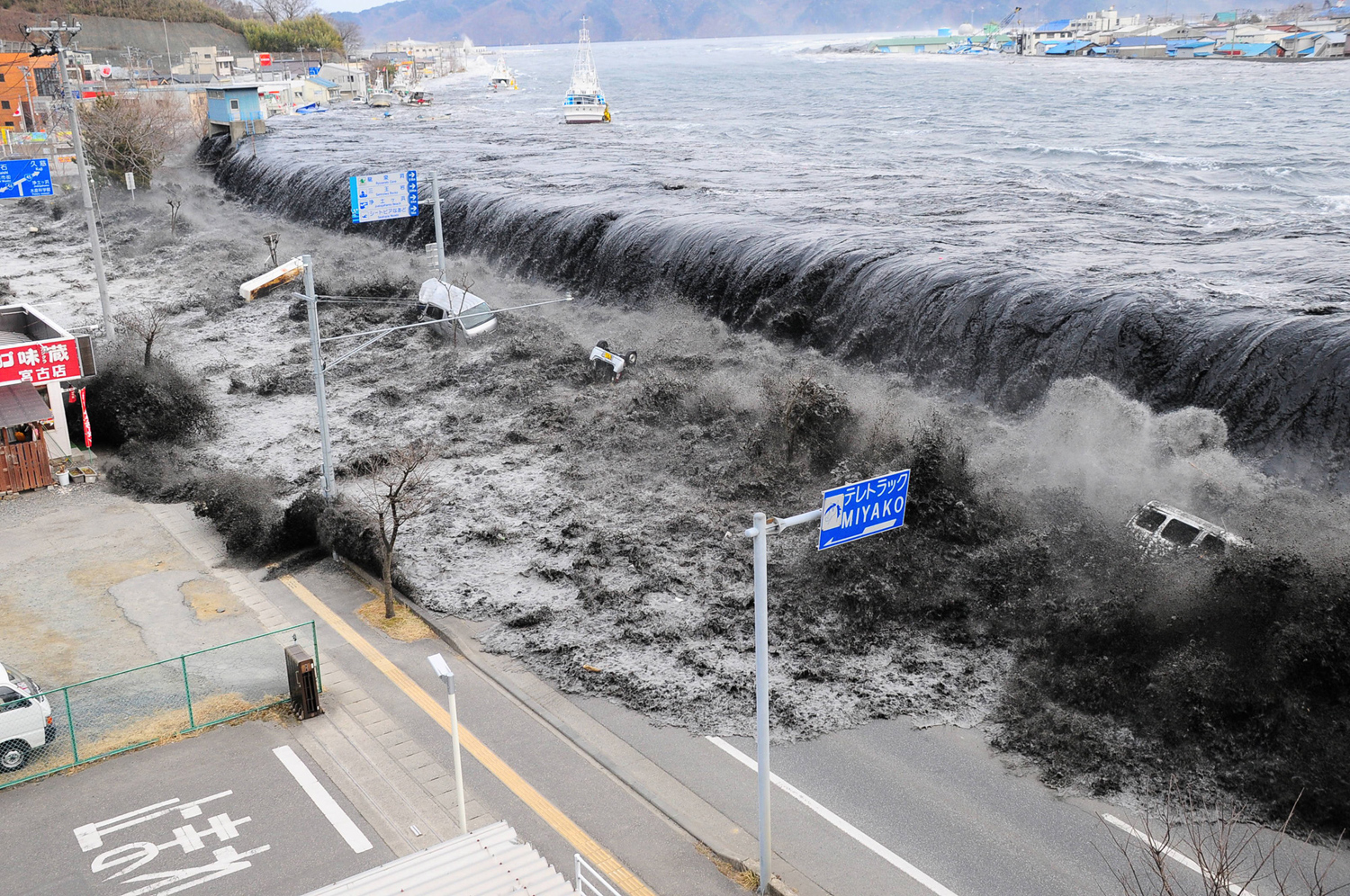1. References
- https://www.thebalance.com/japan-s-2011-earthquake-tsunami-and-nuclear-disaster-3305662
- https://www.brookings.edu/blog/up-front/2013/03/11/earthquake-tsunami-meltdown-the-triple-disasters-impact-on-japan-impact-on-the-world/
- http://reliefweb.int/sites/reliefweb.int/files/resources/BE745EFA9975E121C1257859006C44C9-Full_Report.pdf
2. Economic effects on:
- local economy
- It destroyed a lot of buildings and cost about $360 billion in economic damage. Also, it destroyed the nuclear industry in Japan. After the disaster, Japan had to close many of its nuclear reactors which decreased the Japan electricity generation by about 40 percent. The disaster also raised to the nation's government debt which raised prices for most goods.
- local businesses specifically
- Since many buildings were destroyed, a lot of people physically lost their businesses which were wiped out by the disaster. Since many communities had to relocate and so many buildings were destroyed, Japan lost many of their supply networks which was bad news for local businesses as well as many consumers.
- infrastructure
- A lot of infastructure was destroyed, approximately 138,000 buildings which in return cost a lot of money to rebuild to what they used to be.
- scarcity of resources
- There was a limited supply of fuel in the aftermath of the disaster. Other nations and relief agencies helped Japan immensely in the immediate time after the disaster. Some supplied Japan with fuel, and the United States deployed over 17,000 Military people with 100 aircraft carriers and 14 ships to use in relief aid for transportation, because since the country was in such physical poor shape, these U.S. vessels assisted in transportation needs.
- effects beyond the local disaster area
- The disaster in Japan affected the global economy as well as the domestic economy of Japan. As a result of the disaster, many airports and important trading ports were shut down for some time until the country was in better shape. This affected the global supply chain because Japan exports many products used around the world including electrical parts for iPads as well as many car parts that had to be relocated to other countries including Nissan.
- where they are now after the disaster brief description of the event including date and location
- Earthquake and tsunami off the Pacific coast of Tōhoku in Japan. Occurred on Friday, March 11, 2011. It was a 9.0 magnitude earthquake and 100-foot high tsunami along Japan's northeastern shoreline. As many as 28,000 people died or went missing, and approximately 465,000 were displaced. The earthquake and tsunami damaged a local power plant so there were radioactive leaks to make matter worse for the people of Japan. They are still working to rebuild themselves and their society.
- 2 images depicting the effect of the disaster


No comments:
Post a Comment